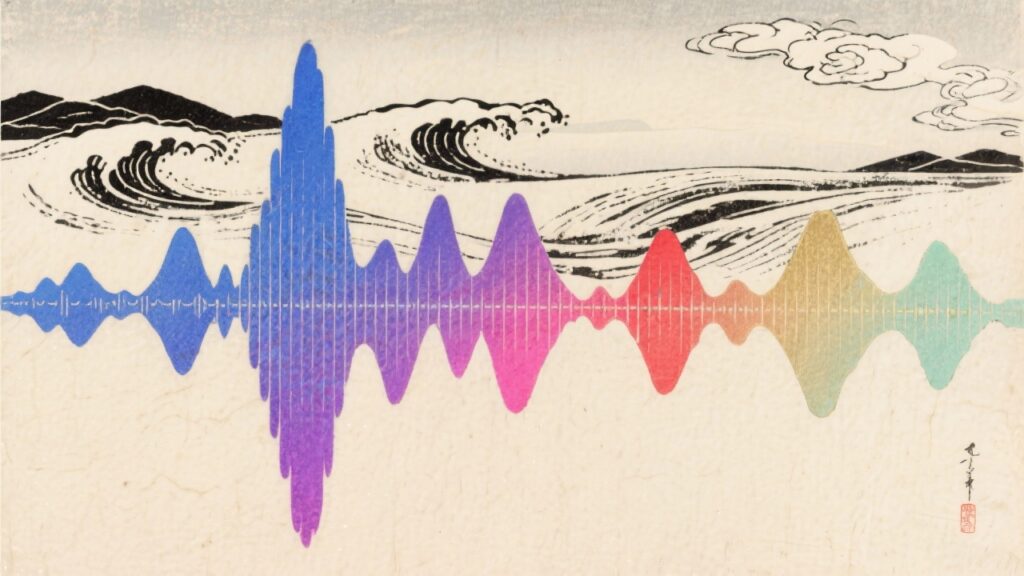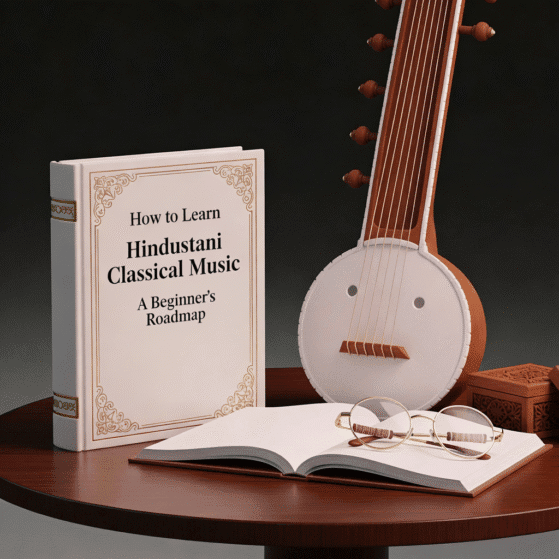What Makes a Song Catchy? The Complete Science & Secret Formula Behind Hit Music
Why is it that certain songs grab your attention in seconds, while others fade instantly? Why does a chorus from a pop hit suddenly replay in your mind while you’re working, studying, or even trying to sleep? And how do some melodies become global sensations that millions can’t stop humming — making you wonder what makes a song catchy in the first place?
To understand what makes a song catchy, we have to explore the deep relationship between musical structure, psychology, and the brain’s natural attraction to patterns. Catchiness is never an accident. It is the result of a precise blend of melody, rhythm, repetition, emotional design, lyrical simplicity, and production techniques that activate specific neural pathways. When these elements come together perfectly, a song becomes an addictive experience — something your mind refuses to let go of.
In this long-form, detailed breakdown, we dive into the entire science and formula behind catchy music. From melody construction to rhythmic hooks, from cognitive triggers to TikTok trends, every factor plays a role in creating the unforgettable magic of earworms.
Why Understanding What Makes a Song Catchy Matters More Than Ever

In today’s world, music spreads faster than at any point in history. A 10-second snippet can go viral overnight. A single line of a chorus can turn a rising artist into a global phenomenon. Social media platforms like TikTok, YouTube Shorts, and Instagram Reels have changed how people discover music — and how musicians must write it.
Understanding what makes a song catchy is not just fascinating; it is essential for creators, educators, producers, and anyone passionate about music. Catchiness is a blend of art and science. It is where creativity meets human psychology, where melody meets memory, and where emotion meets rhythm. The songs that stay with us — the ones that live in our heads and hearts — succeed because they align perfectly with how the human brain processes sound.
This article dives deeper than typical music blogs. With long, flowing paragraphs, scientific clarity, and musical insight, it unpacks the entire formula behind catchy music in a narrative, immersive style. By the end, you will understand not only how catchy songs work but also why they work — and how songwriters can use these principles intentionally to craft unforgettable hits.
The Human Brain and Earworms | Why Catchy Songs Stick Instantly

To understand what makes a song catchy, we must start with the organ that decides everything — the human brain. A catchy song is not just a great composition; it is a neurological event. When you hear a tune that feels instantly memorable, your brain is actively participating in the experience, processing patterns, decoding rhythm, predicting melodies, and seeking emotional satisfaction.
The brain likes predictability. But it also loves tiny surprises. This delicate balance is the foundation of earworms. Musical patterns that are simple, repetitive, and easy to predict become embedded quickly. But when a melody contains small unexpected elements — like a surprising interval, a sudden rhythmic twist, or a unique hook — the brain becomes even more engaged. It tries to “solve” the pattern, replaying it internally. This is why a song may loop in your head even after only one listen.
Dopamine, the brain’s pleasure chemical, plays a central role. When a song resolves into a satisfying phrase or when a chorus reaches its emotional high point, dopamine is released. Your mind learns to crave that moment again. The more a song triggers this reward system, the stickier it becomes.
Neurologically speaking, what makes a song catchy is not simply that it sounds good. It is the way it interacts with memory, emotion, anticipation, and reward. An earworm forms because your brain is both enjoying and analyzing the tune. The brain loves completing incomplete patterns — so it replays the music internally to “finish” it. This is why sudden drops, half phrases, or rising melodic tension can be incredibly addictive.
In short, catchiness begins where music meets memory. And nowhere is this more clear than in melody.
Melody | The Heart and Soul of What Makes a Song Catchy

Melody is the primary reason people remember a song. Before production techniques, before lyrics, before rhythm — the melody carries the emotional identity of the music. When we ask what makes a song catchy, melody is the first and most essential answer.
Catchy melodies often follow four key principles:
1. Simplicity:
A melody must be easy to sing, hum, or recognize. Simple melodies reduce cognitive load. That means the brain doesn’t have to work hard to store or recall them. From children’s rhymes to global pop hits, simplicity has always been the foundation of memorability.
2. Stepwise Motion:
Human brains prefer small steps over big leaps. Melodies that move gently along the scale feel smoother and more natural. Most infectious tunes — from Ed Sheeran’s songs to viral TikTok choruses — rely heavily on stepwise motion.
3. Repetition of Motifs:
A motif is a short, repeating melodic idea. Think of the iconic “da-da-da-dum” in Beethoven’s Fifth Symphony. Motifs act like musical fingerprints, giving the listener something familiar to latch onto. Repetition is not laziness — it is strategic.
4. Emotional Contour:
Melodic shape matters. Songs that climb toward emotional peaks create tension and release, which the brain loves. A chorus that ascends melodically feels uplifting and satisfying — a perfect trigger for dopamine.
When all these elements blend together, the melody becomes not just memorable but addictive. This is the core of what makes a song catchy.
Rhythm and Groove | The Invisible Force That Pulls You In

While melody speaks to the heart, rhythm speaks to the body. A powerful groove activates motor regions of the brain, making you move involuntarily. Even when you forget the melody, the rhythm often remains. Understanding what makes a song catchy requires exploring how rhythm influences memory and feeling.
The secret lies in a balance between structure and surprise. Most hits use a clear 4/4 rhythm because humans are naturally comfortable with predictable beats. But within this structure, producers use syncopation — shifting accents to off-beats — to create excitement. Syncopation gives the groove a bouncy, irresistible quality.
Looped beats also reinforce memory. When you hear the same rhythmic pattern repeatedly, your brain becomes deeply accustomed to it. This is why modern pop, EDM, and hip-hop frequently use loops — repetition builds familiarity quickly.
Ultimately, rhythm anchors the listener. It gives the melody something to dance on. And when melody and rhythm combine, the result is powerful catchiness.
Lyrics | When Simple Words Become Addictive to the Mind

Lyrics are crucial in defining what makes a song catchy, especially in modern pop and viral music. People often remember the chorus of a song first — not the verses — because the chorus contains:
repetition
emotional meaning
a simple message
rhyme
rhythmic flow
Hit songs use conversational language because simple words stick. A line like “Shake it off,” “Let it go,” or “I’m unstoppable” is easy to understand, easy to sing, and easy to remember. The brain loves rhythmic, rhyming phrases. Emotional words enhance memory, because humans remember feelings more than facts.
The chorus usually carries the lyrical hook — the compact message that represents the entire song. When combined with a melodic hook, this becomes the most memorable part of the musical experience.
Hooks | The Ultimate Ingredient in What Makes a Song Catchy
If melody is the heart and rhythm is the body, the hook is the spark. The hook is the moment listeners wait for. It is the part that stays in your head, the section people sing loudly, the line used in TikTok trends.
Hooks work because they are:
simple
repetitive
emotionally charged
rhythmically strong
placed strategically
Today, hooks appear earlier in songs than ever. Listeners have short attention spans; the first five seconds determine whether they stay or skip. For artists trying to master what makes a song catchy, understanding hook design is essential. A strong hook can single-handedly turn a song into a hit.
Song Structure | The Blueprint Behind Catchy Music
Catchiness also relies on structure. The brain prefers familiar patterns. This is why the classic Verse → Pre-Chorus → Chorus format remains popular — it builds tension moment by moment.
The verse introduces the story or melody.
The pre-chorus raises emotional stakes.
The chorus delivers the payoff — the hook.
This predictable structure creates anticipation. And anticipation enhances memory. When the chorus hits, listeners feel rewarded. This emotional reward is central to what makes a song catchy.
Bridges also play a role by adding contrast. A surprising bridge refreshes the ear just before the final chorus, increasing the emotional impact.
Production Techniques | The Modern Strategies Behind Catchiness
In the digital age, production is essential to understanding what makes a song catchy. Producers shape the sound in ways that enhance memorability.
Key techniques include:
Vocal layering
Creates richness and depth, making the chorus fuller and more satisfying.
Signature sounds
Like the whistle in “Moves Like Jagger” or the synth in “Blinding Lights.”
Clean, bright mixes
Make the main hook pop clearly above all other elements.
Looping and repetition
Reinforce patterns that stick in the listener’s memory.
Production is not just technical — it is psychological. The right sonic texture makes a hook irresistible.
The Psychology Behind Catchy Songs | Why the Brain Loves Pattern + Surprise
At the core of what makes a song catchy is psychology. The brain is naturally attracted to patterns, repetition, and familiarity — but only when balanced with novelty. Too much repetition becomes boring. Too much novelty becomes confusing. The songs that stick forever find the perfect middle ground.
Dopamine is central. Music that emotionally peaks — especially in the chorus — releases dopamine. This biological reward makes listeners want to replay the moment. Nostalgia also plays a role. Songs that trigger emotional memories become deeply embedded in long-term memory.
Catchiness is not merely musical. It is emotional and psychological.
TikTok, Reels, and the New Age of Catchiness
Short-form platforms have changed what makes a song catchy in the modern world. Songs must grab attention instantly. Hooks must appear in the first few seconds. Snippets must be recognizable in 10–15 seconds.
Today’s viral music often depends on:
one catchy line
one beat drop
one danceable groove
one emotional lyric
This shift has influenced songwriting itself, making intros shorter, hooks stronger, and lyrics simpler.
How Musicians Can Use This Knowledge to Craft Catchier Songs
For musicians, knowing what makes a song catchy is a powerful tool.
Focus on:
Simple, stepwise melodies
Emotional lyrical hooks
Strong rhythmic foundations
Repetition of motifs
Strategic structure
Production that highlights the hook
When used intentionally, these elements can help any creator craft songs that stay with listeners long after the music stops.
The Complete Science Behind What Makes a Song Catchy
A catchy song is not an accident — it is a perfect combination of melody, rhythm, lyrics, emotion, psychology, and production. By understanding what makes a song catchy, musicians and listeners can appreciate the deep craft behind every hit.
Catchiness is where art meets science, where emotion meets memory, and where creativity meets the human brain. The best songs don’t just entertain us — they attach themselves to our minds, becoming part of our inner soundtrack.
Intersted in learning music with us? Register now
For more information and exciting resources about learning music, visit our website at The Mystic Keys. For more music content and exciting offers follow us on
Facebook, Instagram, YouTube, LinkedIn, Twitter, Pinterest, and Threads.








